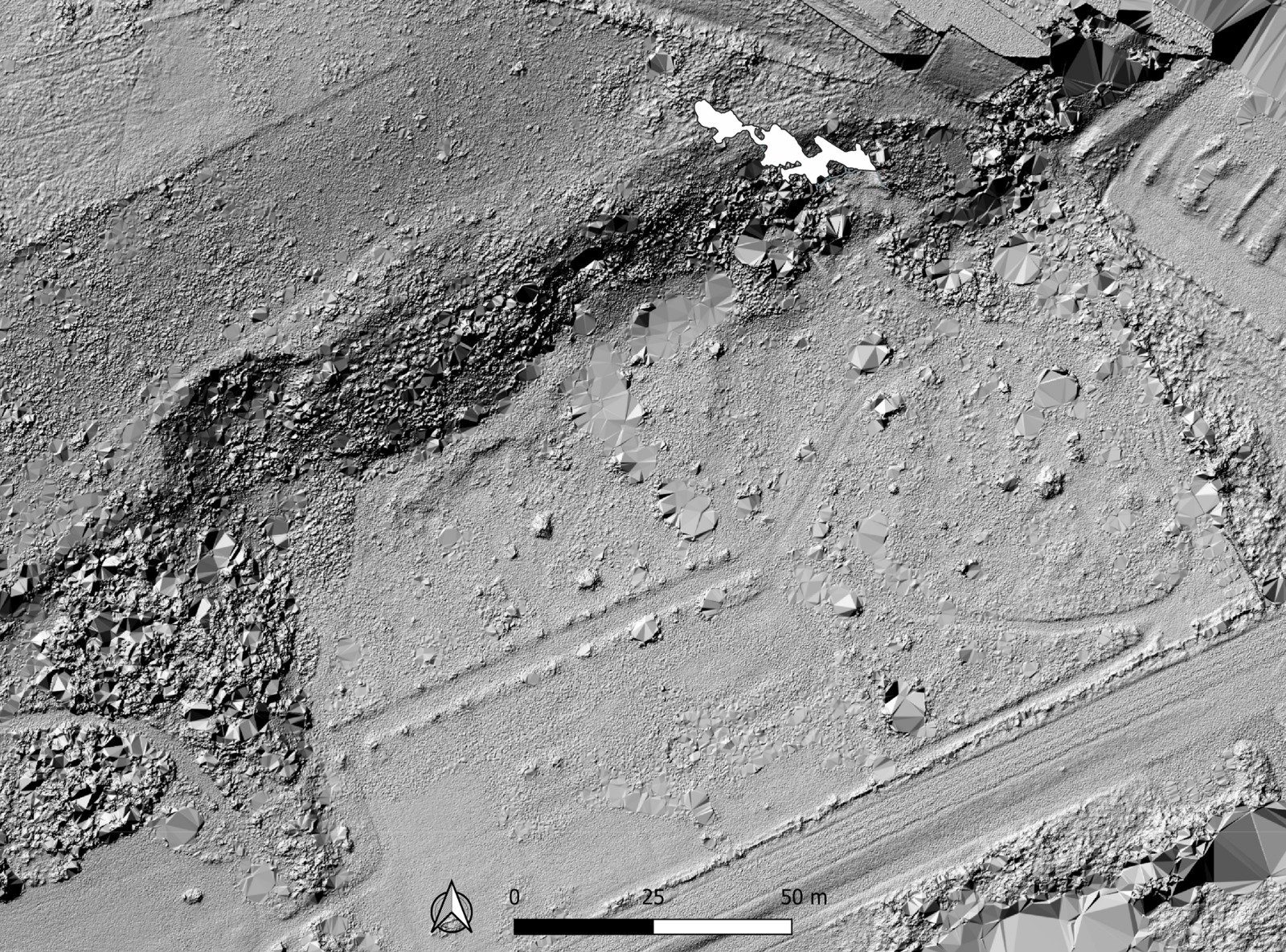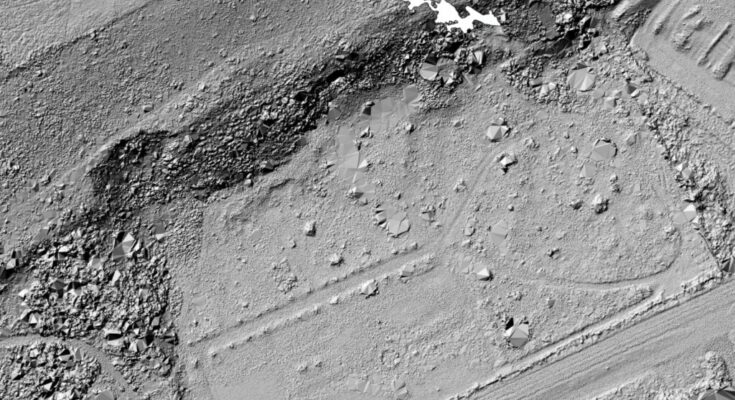
In the French cave of La Roche-Cotard, which has been sealed for ages, researchers, led by University of Basel archaeologist Dorota Wojtczak, recently uncovered something remarkable. Our distant relatives, the Neanderthals, were the world’s first artists as evidenced by mysterious cave engravings.
The findings, a result of collaboration between archaeologists from Basel, France and Denmark, challenge what we have known about early human creativity up to this point. It appears that the Neanderthals were the first art enthusiasts, showcasing their creative side in ways we never deemed possible.
This discovery sheds new light on the artistic abilities of our ancient relatives, opening a window into the rich history of human expression. The La Roche-Cotard cave, once unknown of, now reveals the artistic talents of Neanderthals, rewriting the story of our shared past.
Walls of the La Roche-Cotard cave
In 1974, French archaeologist Jean-Claude Marquet stepped into the La Roche-Cotard cave in the Loire Valley. Examining the delicate lines on the walls, he suspected a human touch. Tools such as scrapers and modified stones (Mousterian artifacts) hinted at a Neanderthal presence. The question was whether Neanderthals were the ones to leave their artistic mark at the site.
Fearing a lack of solid proof, Marquet left the cave untouched for nearly four decades, and the mystery of Neanderthal art remained forgotten.
Second attempt, same cave
In 2016, Jean-Claude Marquet teamed up with an international crew for another look at La Roche-Cotard. This time, Wojtczak, an expert in archaeological use-wear analysis from the University of Basel, joined the mission. The aim was to employ modern techniques to prove that these wall engravings were indeed crafted by humans. The detailed findings have recently been shared in the journal PLOS ONE.
The team documented the markings on the cave wall meticulously using photos, drawings, and even a 3D scanner later on. In Basel in Wojtczak’s lab, the team then compared these cave samples with tuff Wojtczak had experimented on using wood, bone, stone tools, and her own hands. The results were clear. The cave markings were not made with tools but were instead created by the simple act of scratching from the fingers of humans.
Examination of cave sediment
Simultaneously, Danish researchers examined the cave sediment, revealing that the La Roche-Cotard cave had been sealed by mud and soil for over fifty thousand years prior to its discovery. This means the cave is a type of remarkable “time capsule.”
As Dorota Wojtczak points out, fifty thousand years ago, Europe was solely inhabited by Neanderthals. Modern humans were still absent at that time. Thus, the wall markings and artifacts found can only be attributed to our early human relatives.
The distinct geometric shapes, featuring parallel and triangular lines, hint that these marks weren’t random scribbles but instead deliberate creations. However, the exact meaning remains a mystery. Wojtczak notes that whoever made these marks demonstrated planning and understanding. Whether this constitutes “art” or serves as a form of record-keeping is open to interpretation.
More secrets to unveil
In 1976, Jean-Claude Marquet stumbled upon an object resembling a human or animal face. A recent analysis by Wojtczak has revealed humans were likely responsible for this. Another finding, a small oil lamp, is undergoing scrutiny by specialists to determine if it holds pigments or soot substances so as to help identify the fuel used.
I was so excited years ago when I first learned that #Neanderthal DNA still exists within many of us, and that Neanderthals were #artists, with some of the world's oldest #cavepaintings being Neanderthal creations. The #human story is so interesting and complex. pic.twitter.com/0COFmPtnBF
— Stacy (@cavepainter1) July 10, 2019
What has been explored thus far is only a fraction of La Roche-Cotard’s vast cave system. Wojtczak aims to delve deeper, especially into Chamber 4, which is mostly covered by sediment. Each discovery chips away at the notion of Neanderthals as mentally inferior, defining them more so as cousins to modern humans.
Dorota Wojtczak and her students from the Prehistory and Archaeological Science program are committed to furthering their research into Neanderthal life at La Roche-Cotard.



